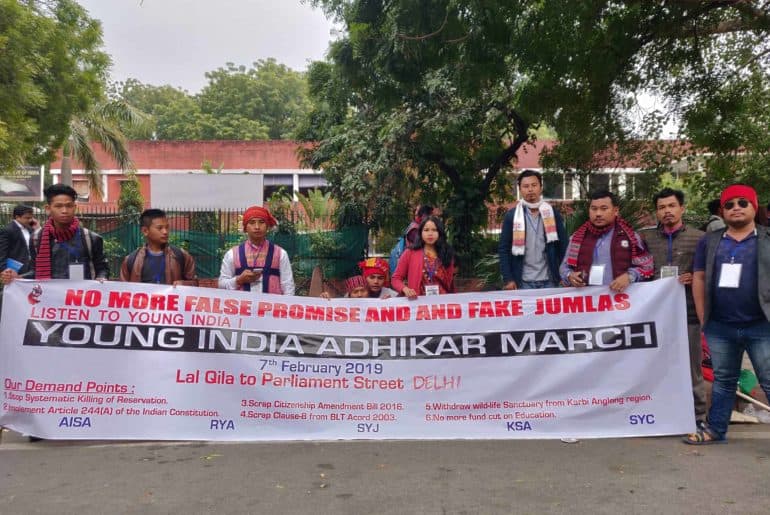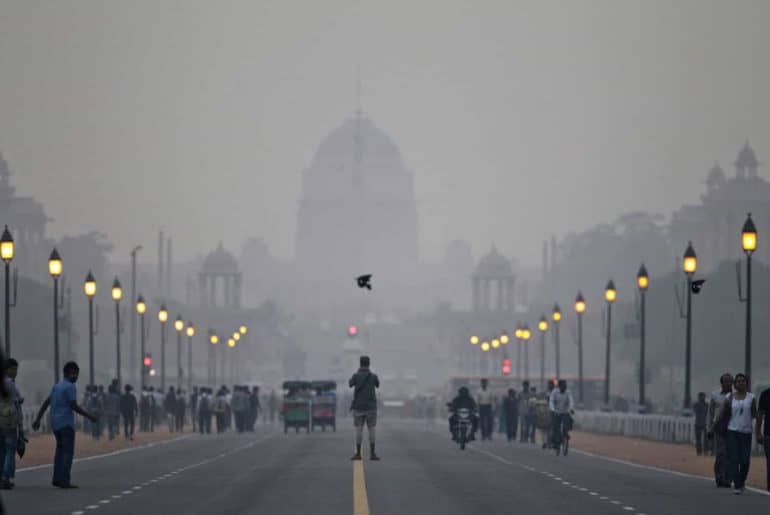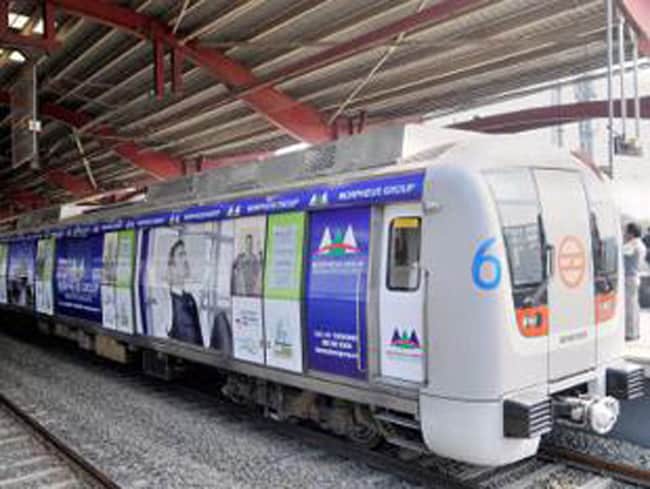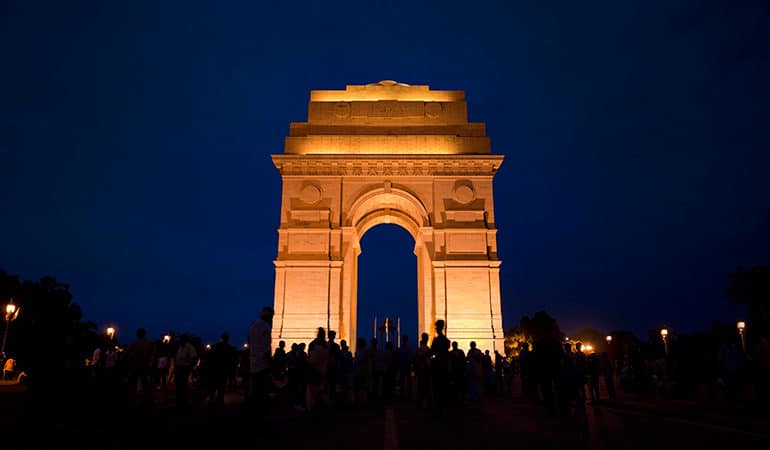The English-speaking world calls me a sparrow. The Hindi speakers here in the city, call me a gauraiya. And some who can’t master the colonial accent call me an ‘eesparrow’. Whatever my name is, I don’t want you to care about it. All I want you to care about is…my life.
I and my friends have been living in Delhi since four generations. It is an extreme world. The summers are extremely hot. The people are extremely impatient. And the landscape is extremely changing. My mother says that earlier, the human nest-builders called architects made more ‘sparrow friendly’ houses in the city.
My family also used to own good property near window sills. But then the temperature rose with this thing called global warming, and all window sills began to be covered with these white boxes called air-conditioners.
Now these ACs are funny inventions. They are meant for cooling rooms of human beings. So, I too went towards the outer side of the AC hoping to get some cold air in these hot days. Ah! Little did I know the AC releases hot air from the outside! I nearly burnt myself that day.
We are much like the humans who are of the ‘displaced labour’ species. We get no permanent nests and no permanent rest.
Ornithologists say that we, the sparrows, act as ecological indicators and reducing numbers show an imbalance in the ecology of Delhi. I don’t like these ornithology chaps. They are these experts who keep on staring at us without consent. These creeps even have a term for it: bird watching.
But I agree with them, the environment here is really messed up. And it might get more messed up for our lives if people are selfish enough to care about themselves. Along with AC, another invention killing my brothers and sisters is the mobile phone.
You see I used to live on the roof of this boy. He was nice to me, used to feed me every day. But my lungs got damaged because every darned day, he used to sit on the terrace, talking on the phone to his girlfriend. Then one day, she had dumped him. This sounded like good news but as ill my fate was, he began to spend even more time on the phone, calling his friends for consolation.
And I don’t know who will give me consolation. Sigh.
I live on the outskirts now as they are still sparrow friendly. If this settlement also changes its environment, then I don’t know where I’ll fly off to. I can’t fly all my life. I want to settle down. After all, I’m just a house sparrow.
Shaurya Singh Thapa









